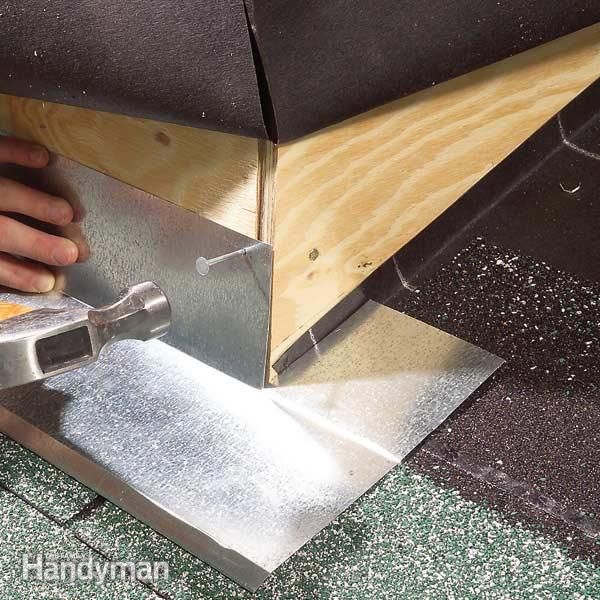Water Leaking From Roof Into Walls

Gutters at the bottom of roofs are a great way to minimize water issues on a home.
Water leaking from roof into walls. If given enough time a slow leak can result in very serious structural damage that will make the restoration process longer and more expensive. Foundation walls crack and leak when water soaks into the walls and eventually begins to drain inside of your basement. The most obvious consequence of a leaking roof is the damaged rafters ceiling joists wall framing and even fascia boards and exterior trim can become victims of water intrusion. Dirty or broken watercourses.
The roof leak repair is usually pretty easy. When your gutters are clogged water is not able to flow away from the edge of the roof. When your gutters are clogged water and debris will pool inside the gutters while it s raining. Chronic roof leaks lead to wood deterioration and weakened rotten roof framing causes serious problems that require assistance from a professional contractor.
Depending on the kind of leak you may have to cut and replace part of a pipe. The resultant overflow will cause leaks. Water leaks are often because of pinholes in your plumbing system or small failures in caulking or other exterior materials. These leaks are seldom caused by faulty plumbing.
A rainstorm providing an inch of precipitation drops about 1 870 gallons of water on the roof of an average. The water courses will leak and on concrete roof tiles water will also leak over the upstream edge of the tile. If you have water stains that extend across ceilings or run down walls the cause is probably a leaky roof. Systematically look for the leak open the walls and fix it.
This can allow pooling near the edge of your roof and can lead to water leaking into the eave areas of your house and down into your walls. Leaks in foundation walls are usually fixed in 1 of 2 ways. In severe situations this water can leach under your eaves and shingles leaking down into the walls of your home. We ll show you some simple tricks for finding and repairing most of the common types of leaky roofs.
When you notice pooling water on the floor dampness on a wall or discoloration of drywall you re seeing the symptoms of a water leak. Especially during heavy rain. Hidden water leaks behind walls can be especially dangerous because the water will get absorbed into flooring drywall and ceilings as well as wooden support beams and sheetrock. Water takes the easiest path down to the ground so it will often travel along the framing in the walls.
If the roof is in a tree zone leaves are washed into the watercourses and over time this leads to clogging and eventually blockage during heavy rain.














































